Home>Gardening & Outdoor>Landscaping Ideas>What Kind Of Grass Do They Use On Golf Courses
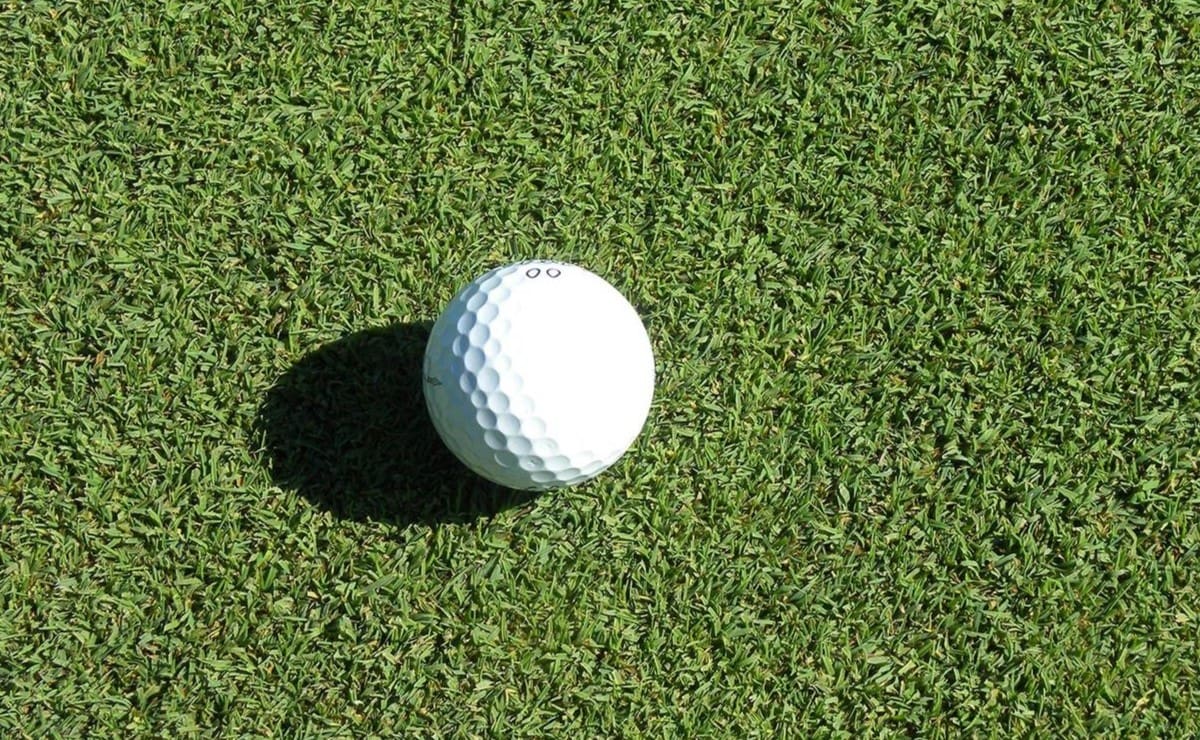

Landscaping Ideas
What Kind Of Grass Do They Use On Golf Courses
Published: January 27, 2024
Discover the best landscaping ideas for golf courses, including the types of grass commonly used. Enhance your knowledge and create stunning outdoor spaces with our expert tips.
(Many of the links in this article redirect to a specific reviewed product. Your purchase of these products through affiliate links helps to generate commission for Storables.com, at no extra cost. Learn more)
Introduction
Golf courses are renowned for their lush, verdant expanses of grass that create a picturesque backdrop for the sport. The type of grass used on golf courses plays a pivotal role in not only enhancing the aesthetic appeal but also in influencing the playing conditions. Golf course managers and groundskeepers meticulously select and maintain the grass to ensure optimal performance and visual allure.
When it comes to the grass on golf courses, there is a diverse array of options, each with its own unique characteristics and benefits. Understanding the different types of grass used on golf courses, the factors that influence the selection process, and the maintenance practices involved is crucial for anyone involved in the management or upkeep of these prestigious venues.
In this article, we will delve into the fascinating world of golf course grass, exploring the various types commonly used, the considerations that guide their selection, and the essential maintenance practices that keep these courses in top condition. Whether you are an avid golfer, a landscaping enthusiast, or simply curious about the intricacies of maintaining a golf course, this exploration of golf course grass is sure to captivate your interest.
Key Takeaways:
- Golf courses use different types of grass like Bermuda, Bentgrass, Zoysia, Fescue, and Ryegrass, each with unique benefits for playability and aesthetics.
- Factors like climate, playability, maintenance, foot traffic, water availability, and soil conditions influence the choice of grass for golf courses.
Read more: How Often Do Golf Courses Cut Grass
Types of Grass Used on Golf Courses
Choosing the right type of grass for a golf course is a crucial decision that significantly impacts the playing experience and overall aesthetics. Different regions and climates call for specific grass varieties that can thrive under varying conditions. Here are some of the most common types of grass used on golf courses:
- Bermuda Grass: This warm-season grass is popular for its excellent heat tolerance and ability to withstand heavy foot traffic. It thrives in sunny climates and provides a dense, resilient turf that is well-suited for golf courses in warmer regions.
- Bentgrass: Known for its fine texture and exceptional putting surface, bentgrass is a cool-season grass that excels in cooler climates. It boasts a lush, velvety appearance and is favored for its ability to create smooth, fast greens that are highly desirable for golfers.
- Zoysia Grass: With its dense, lush growth and impressive tolerance to heat and foot traffic, zoysia grass is a popular choice for golf courses in transitional climates. It offers excellent versatility and can thrive in both sun and shade, making it an attractive option for various course layouts.
- Fescue Grass: Often used in rough areas and along the perimeters of golf courses, fescue grass is a cool-season variety known for its fine texture and drought tolerance. It adds visual interest to the landscape and can withstand challenging environmental conditions.
- Ryegrass: This cool-season grass is valued for its rapid germination and establishment, making it an ideal choice for overseeding warm-season grasses on golf courses. It provides vibrant green coverage during the cooler months, ensuring year-round visual appeal.
Each type of grass brings its own set of characteristics and benefits to a golf course, influencing factors such as playability, aesthetics, and maintenance requirements. The selection of grass for a golf course is a carefully considered decision that takes into account the local climate, course design, and desired playing conditions.
Understanding the unique properties of each grass variety is essential for creating an optimal playing surface and maintaining the visual splendor that defines a well-kept golf course.
Factors to Consider When Choosing Grass for Golf Courses
When selecting the most suitable grass for a golf course, several crucial factors come into play, influencing the decision-making process. The following considerations play a pivotal role in determining the ideal grass variety for a particular golf course:
- Climate and Region: The local climate and geographic region heavily influence the choice of grass. Warm-season grasses, such as Bermuda grass, thrive in hot, sunny climates, while cool-season varieties like bentgrass are better suited for cooler regions.
- Playability and Aesthetics: The desired playing conditions and visual appeal of the course are essential factors. Golf course managers often prioritize grass types that offer excellent playability, such as smooth putting surfaces and consistent ball roll. Additionally, the overall aesthetic quality of the grass, including color and texture, contributes to the course’s allure.
- Maintenance Requirements: Different grass varieties have varying maintenance needs, including mowing frequency, irrigation demands, and susceptibility to pests and diseases. Considering the available resources and maintenance capabilities is crucial in selecting grass that can be effectively managed within the course’s budget and staffing constraints.
- Foot Traffic and Wear Tolerance: Golf courses experience significant foot traffic, particularly in high-traffic areas such as tees, fairways, and greens. Choosing grass with excellent wear tolerance ensures that the playing surfaces can withstand frequent use without deteriorating or becoming uneven.
- Water Availability: Water availability and irrigation capabilities play a vital role in grass selection. Drought-tolerant grass varieties may be preferred in regions with limited water resources, while others may opt for grass that thrives with regular irrigation.
- Soil Conditions: Understanding the soil composition and drainage characteristics of the course grounds is essential. Certain grass types excel in specific soil conditions, such as sandy or clay soils, and selecting a compatible variety can promote healthy turf growth.
By carefully evaluating these factors and conducting a thorough analysis of the course’s unique requirements, golf course managers can make informed decisions when choosing the most suitable grass varieties. The ultimate goal is to create an optimal playing experience for golfers while maintaining a visually stunning and resilient turf that enhances the overall appeal of the course.
Bermuda grass and bentgrass are commonly used on golf courses. Bermuda is good for warm climates, while bentgrass is better for cooler areas. Consider the climate and maintenance needs when choosing grass for a golf course.
Maintenance of Golf Course Grass
Maintaining the lush, pristine appearance of a golf course’s grass involves a comprehensive approach that encompasses various crucial tasks and practices. From regular mowing and irrigation to pest control and soil management, the maintenance of golf course grass is a meticulous undertaking that requires expertise and dedication. Here are essential aspects of maintaining golf course grass:
- Mowing: Regular mowing is essential for ensuring an optimal turf height that meets the desired playing conditions. Different areas of the course, such as fairways, tees, and roughs, may require varying mowing heights to achieve the desired playability and visual appeal.
- Irrigation: Proper irrigation is vital for sustaining healthy grass growth and preventing drought stress. Golf course managers carefully monitor soil moisture levels and adjust irrigation schedules to ensure that the grass receives adequate water without promoting disease or excessive thatch accumulation.
- Fertilization: Applying the right balance of nutrients through fertilization promotes vigorous turf growth and vibrant color. Customized fertilization programs are tailored to meet the specific needs of different grass varieties and address any deficiencies in the soil.
- Aeration: Core aeration is a critical practice for relieving soil compaction and enhancing root development. By creating channels for air, water, and nutrients to penetrate the soil, aeration promotes a healthy root system and overall turf vitality.
- Pest and Disease Management: Vigilant monitoring for pests and diseases is essential for preserving the health and appearance of the grass. Integrated pest management strategies, including targeted pesticide applications and cultural practices, help mitigate the impact of damaging insects and diseases.
- Overseeding: Overseeding with cool-season grasses during the fall ensures year-round green coverage and maintains optimal playing conditions, particularly on warm-season grass courses. This practice helps sustain a consistent, vibrant turf throughout the changing seasons.
- Soil Management: Understanding and addressing soil composition and pH levels is crucial for promoting healthy turf growth. Soil testing and amendments, such as pH adjustments and organic matter applications, contribute to the overall health and resilience of the grass.
By implementing a comprehensive maintenance regimen that encompasses these essential practices, golf course managers and groundskeepers uphold the impeccable quality of the grass, creating an inviting and enjoyable environment for golfers. The careful balance of mowing, irrigation, fertilization, and proactive pest and disease management is pivotal in preserving the visual splendor and playability of the golf course grass.
Conclusion
The grass that adorns golf courses serves as the foundational canvas upon which the sport unfolds, shaping the playing experience and defining the course’s visual allure. The diverse array of grass varieties used on golf courses reflects a careful consideration of climate, playability, maintenance requirements, and aesthetic preferences. From the heat-tolerant resilience of Bermuda grass to the velvety smoothness of bentgrass, each type of grass contributes to the unique character and appeal of a golf course.
Choosing the most suitable grass for a golf course involves a thoughtful analysis of various factors, including climate, playability, maintenance needs, and environmental considerations. By carefully weighing these factors, golf course managers can select grass varieties that not only thrive in their specific region but also provide optimal playing surfaces and enhance the overall beauty of the course.
Furthermore, the meticulous maintenance of golf course grass is essential for preserving its lush, vibrant appearance and ensuring a high-quality playing experience for golfers. From precision mowing and strategic irrigation to proactive pest management and soil enhancements, the maintenance practices employed contribute to the enduring splendor of the turf.
Ultimately, the grass on a golf course is more than just a surface for the game – it is a living, breathing testament to the dedication and expertise involved in creating and maintaining an exceptional golfing environment. The careful selection and nurturing of grass varieties exemplify the harmonious blend of natural beauty and human ingenuity, resulting in the creation of captivating landscapes that inspire and delight all who tread upon them.
As we celebrate the intricate tapestry of grasses that adorn golf courses, we recognize the profound impact they have on the sport and the enduring allure they lend to these cherished venues.
Frequently Asked Questions about What Kind Of Grass Do They Use On Golf Courses
Was this page helpful?
At Storables.com, we guarantee accurate and reliable information. Our content, validated by Expert Board Contributors, is crafted following stringent Editorial Policies. We're committed to providing you with well-researched, expert-backed insights for all your informational needs.
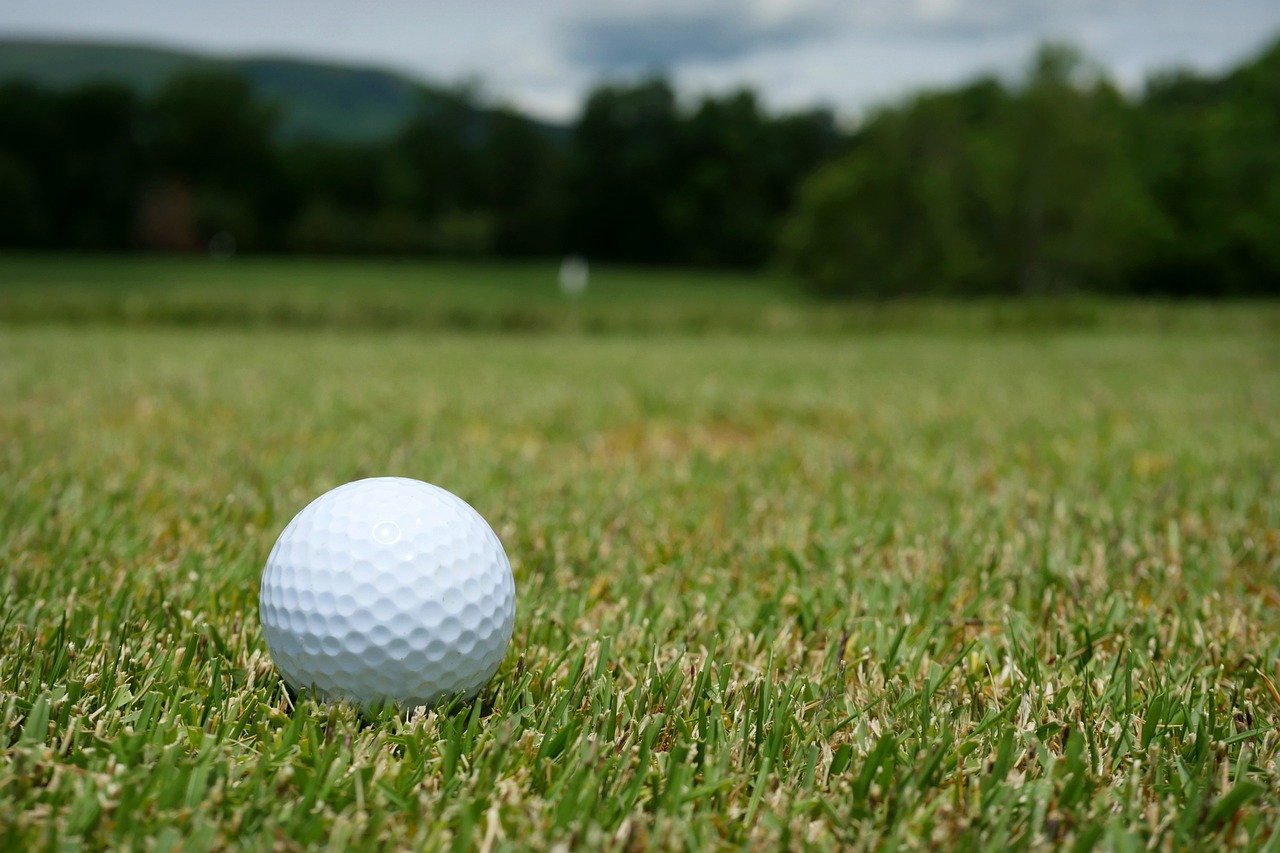
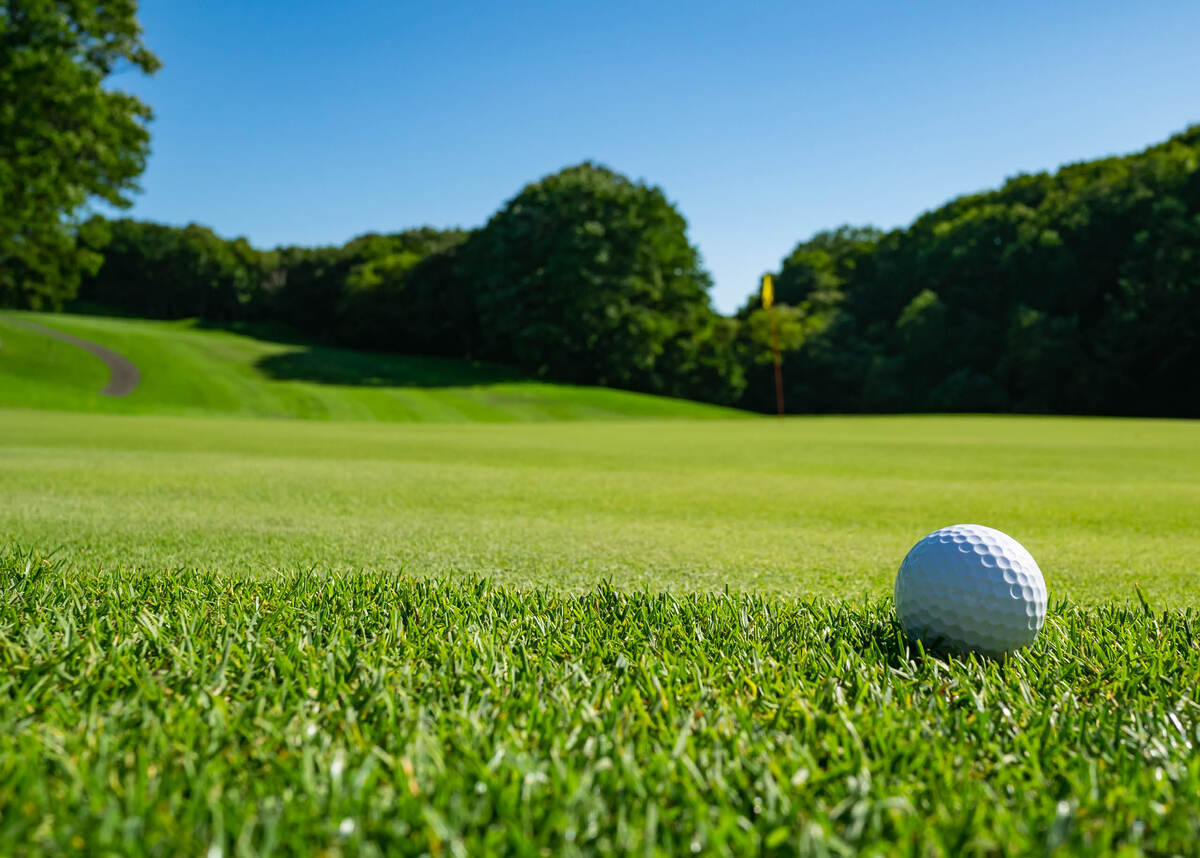
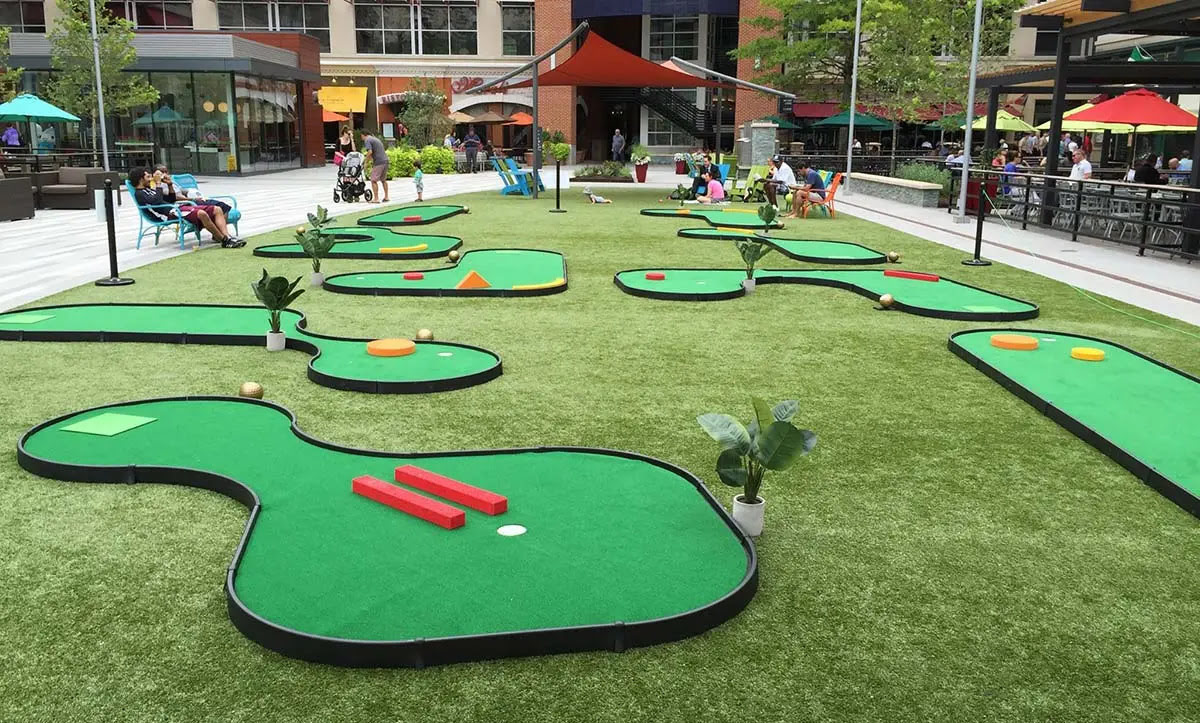
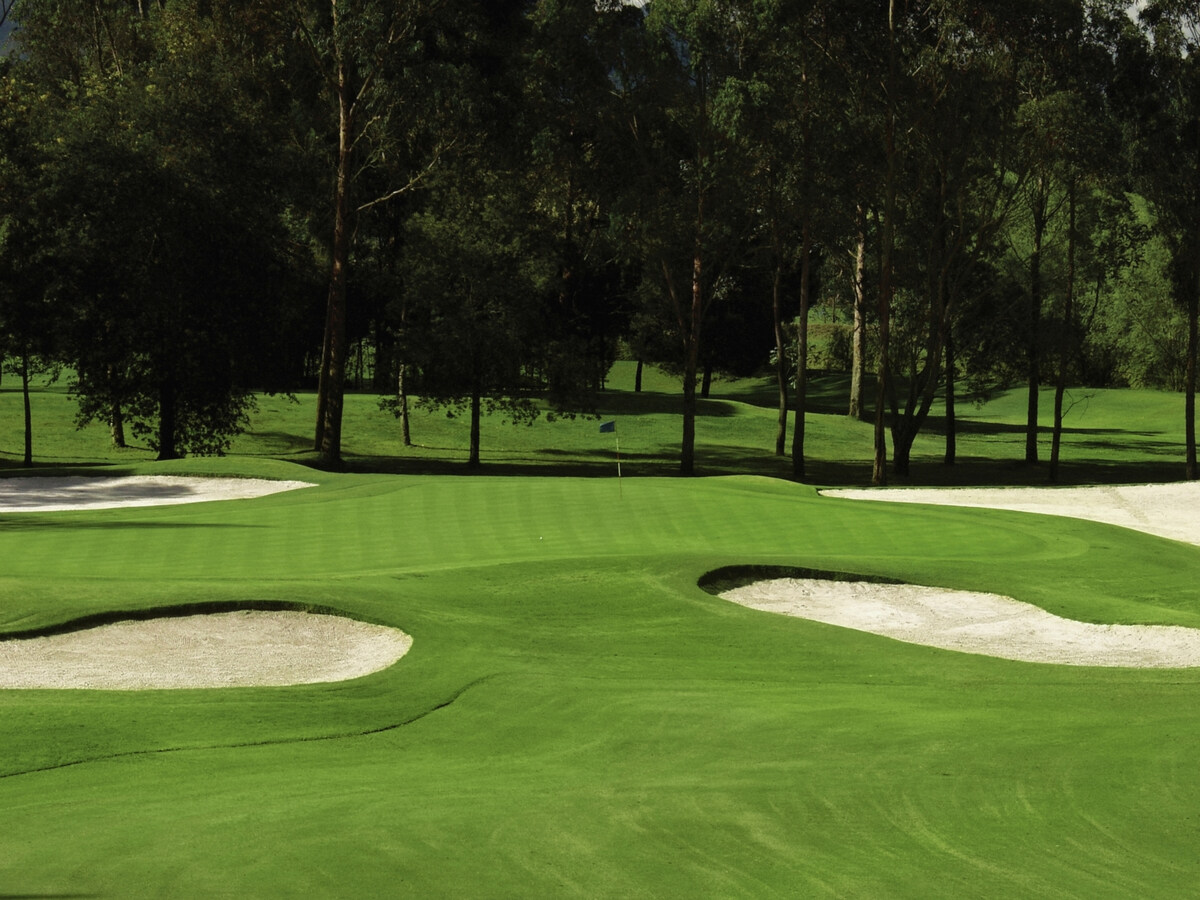



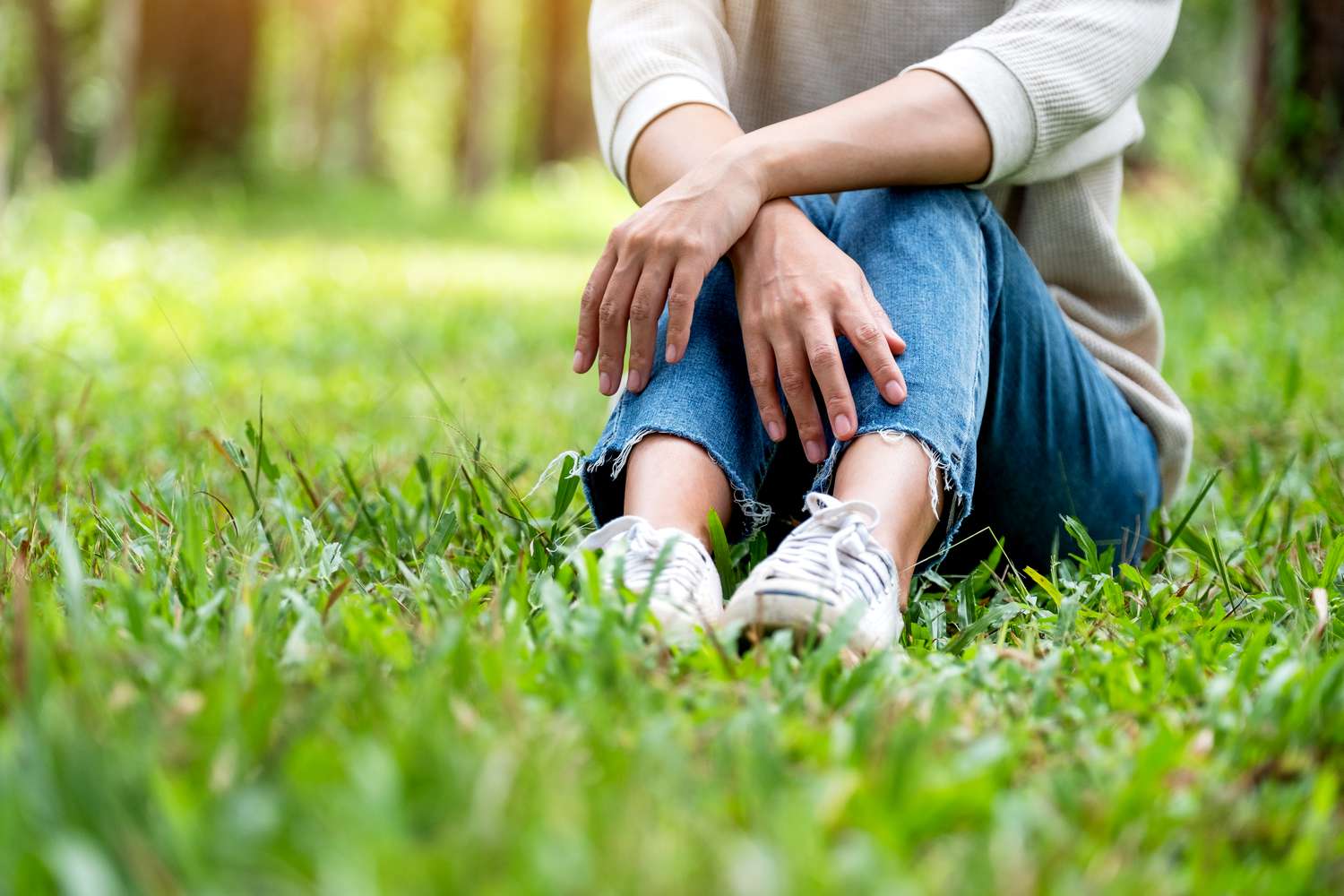
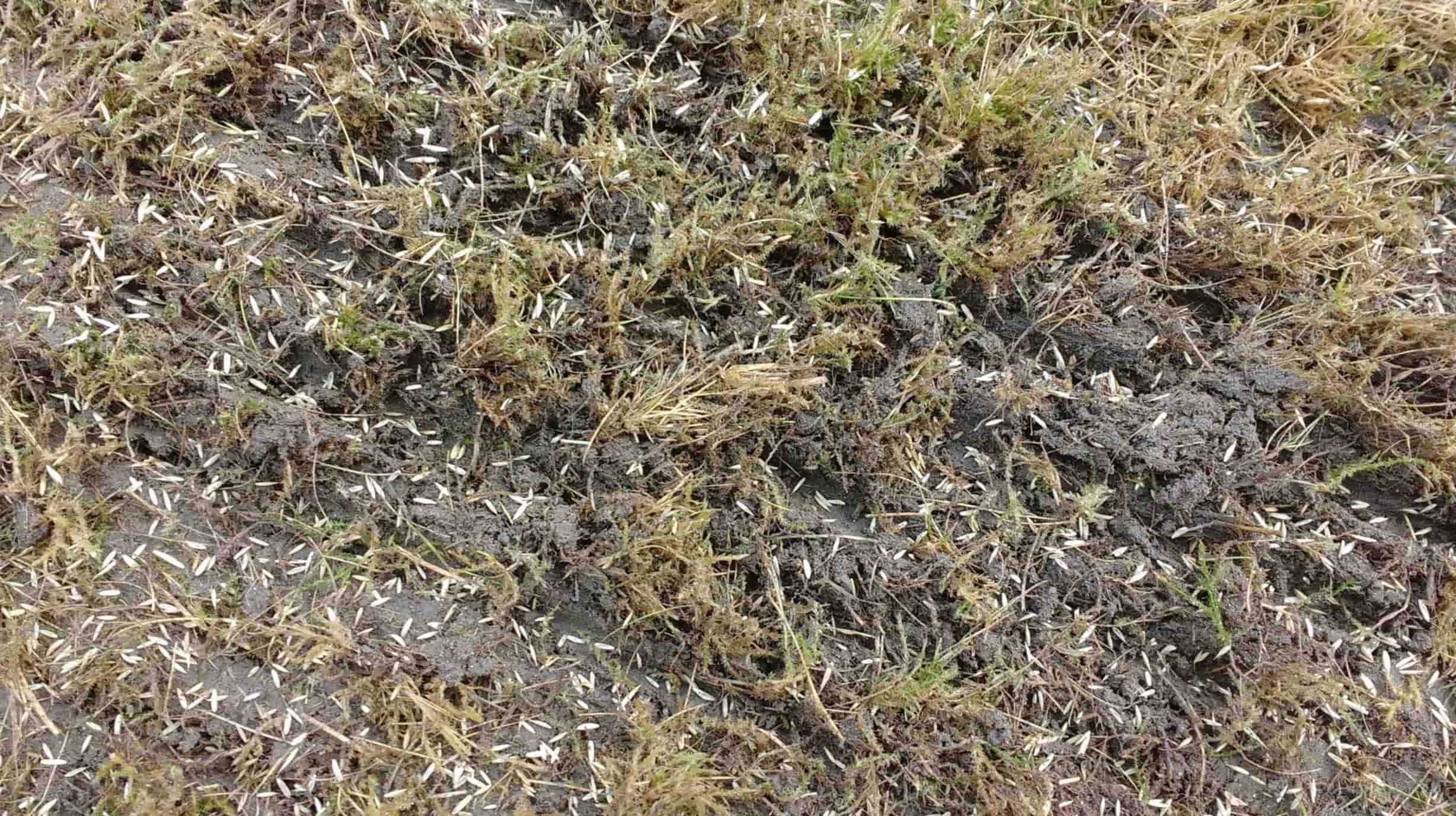
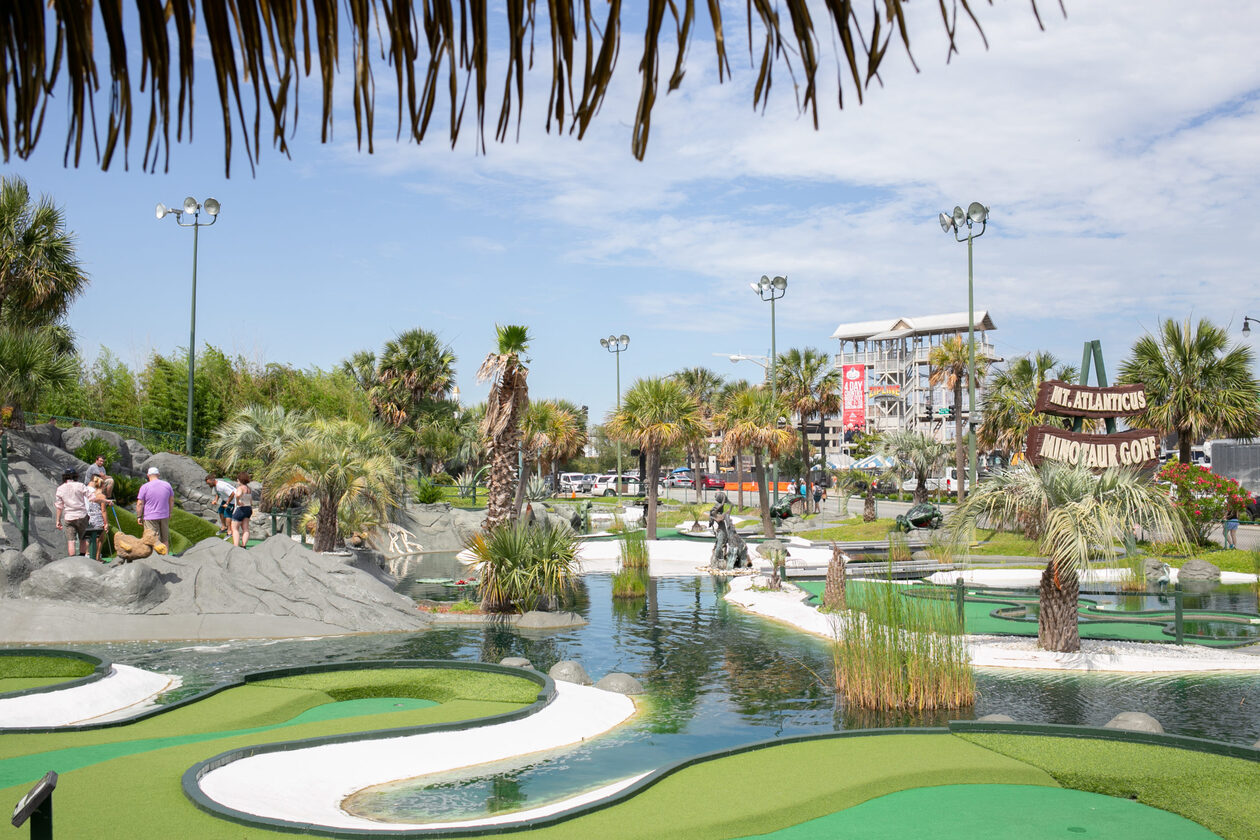
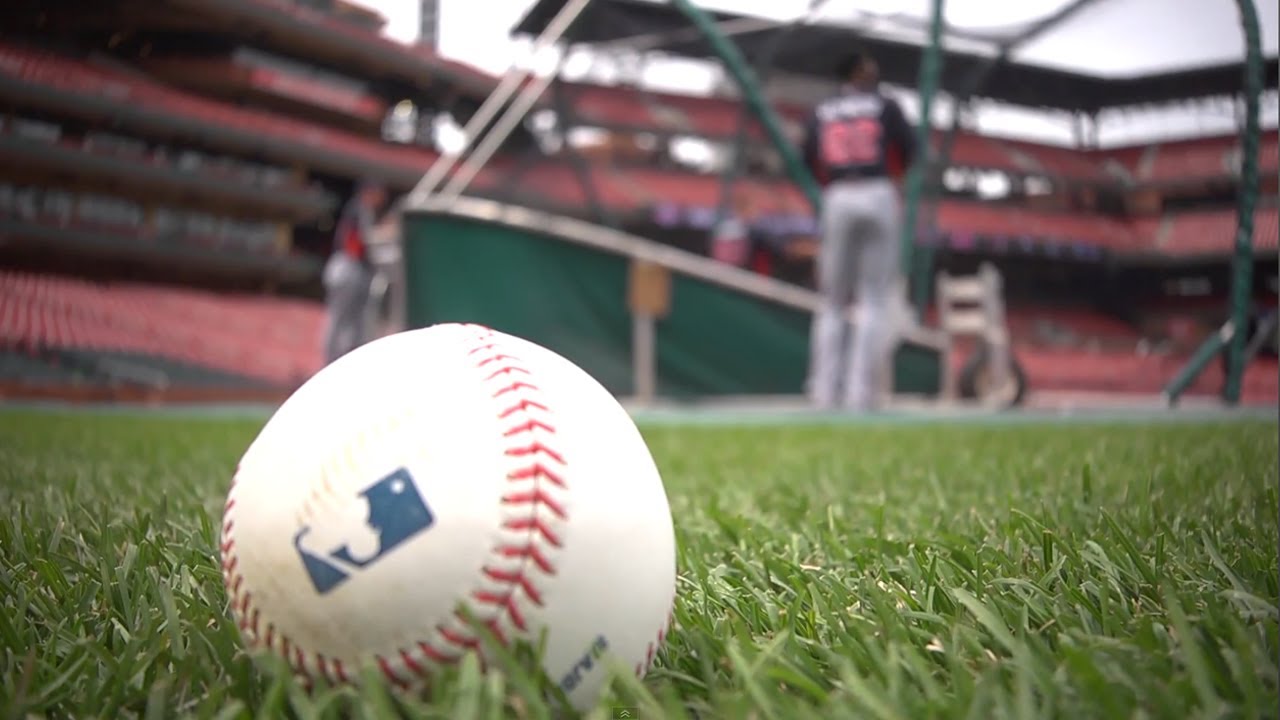
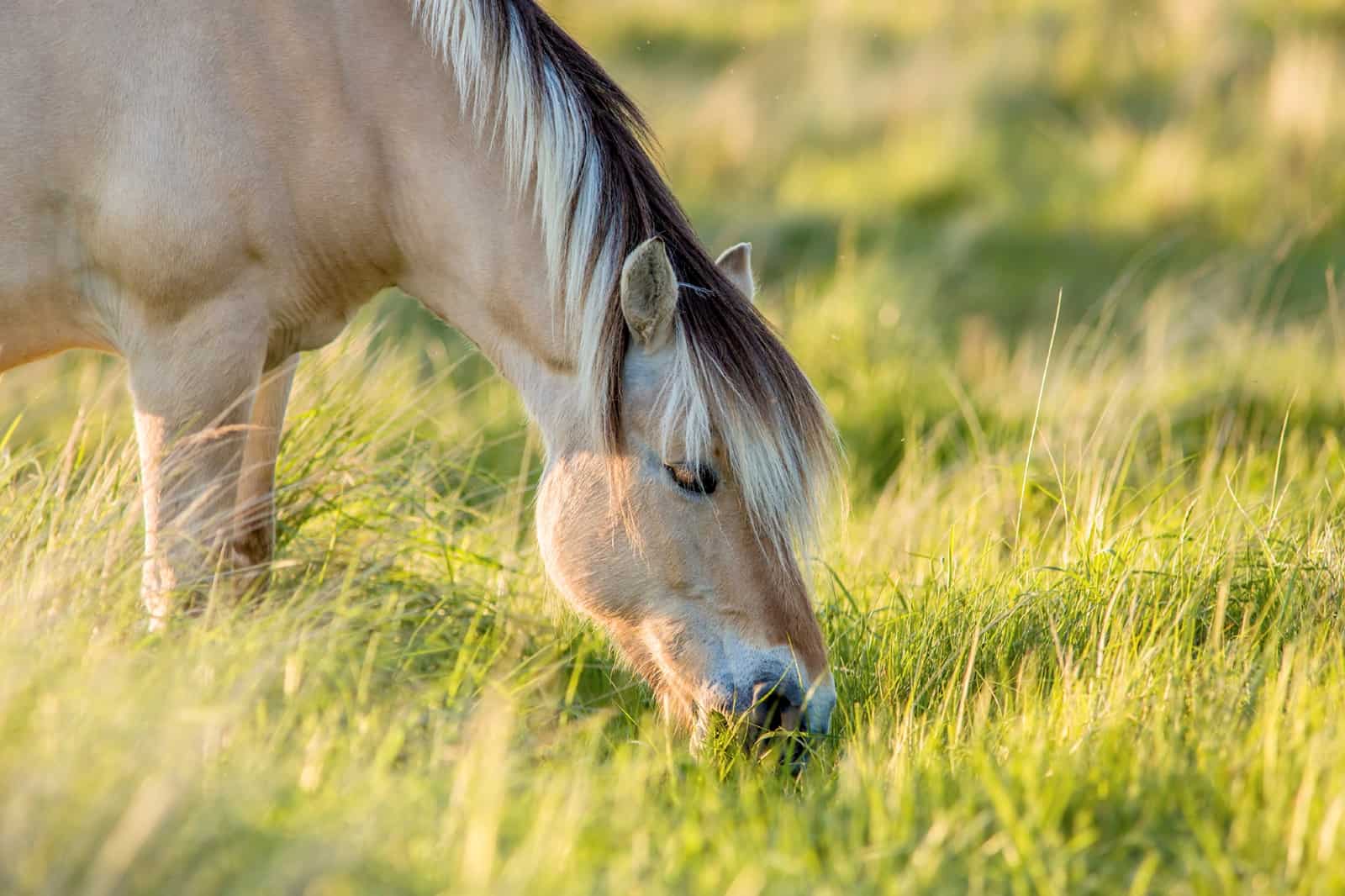
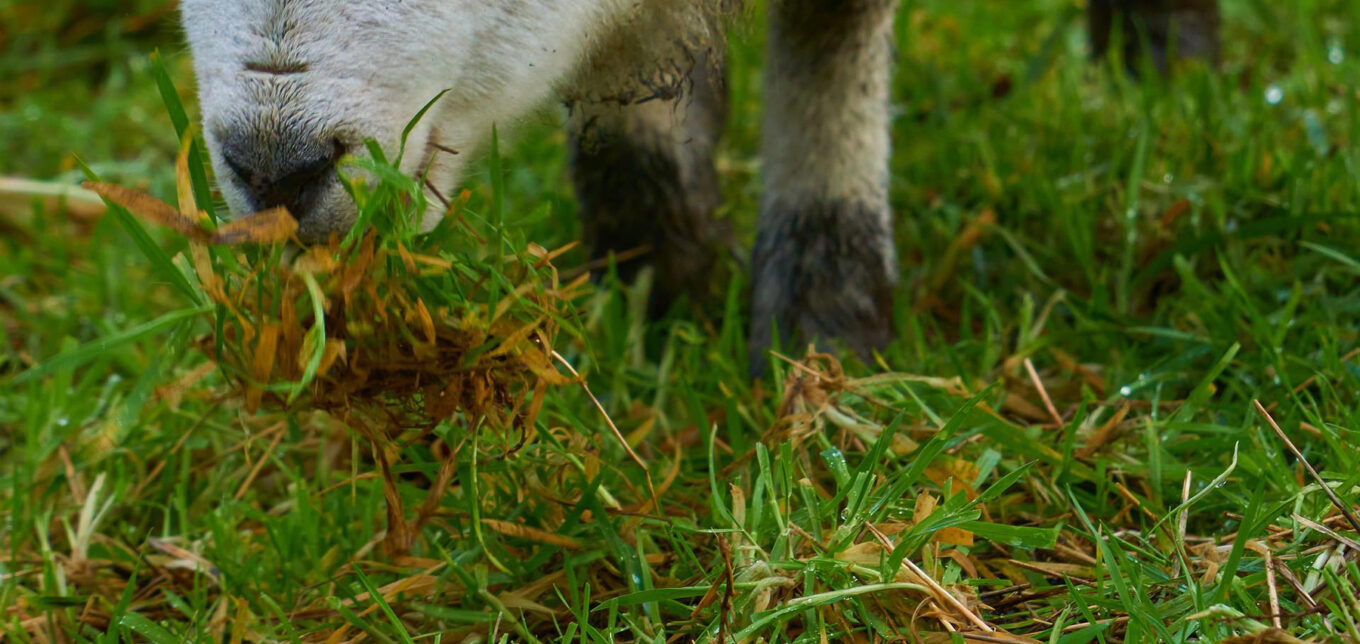

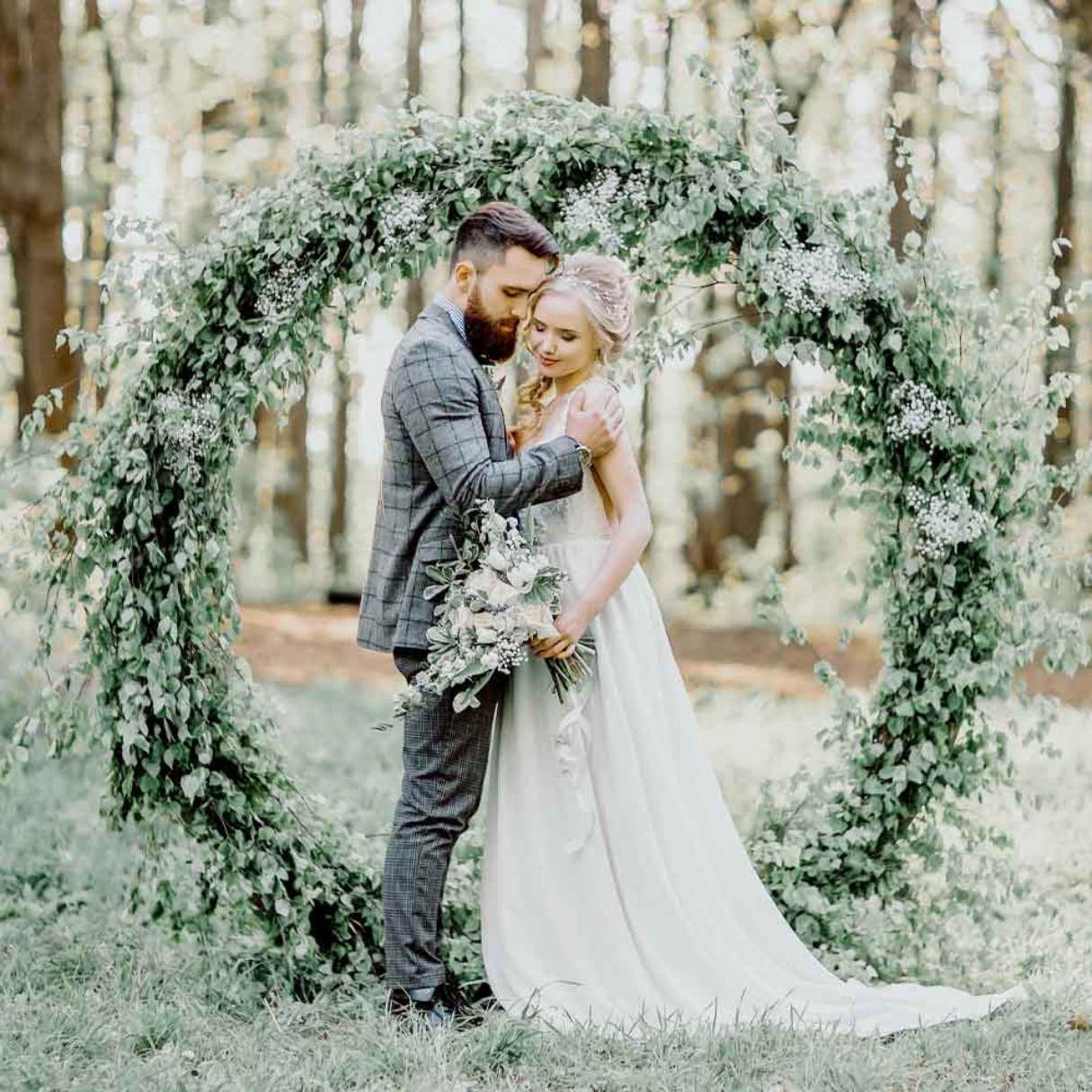

0 thoughts on “What Kind Of Grass Do They Use On Golf Courses”